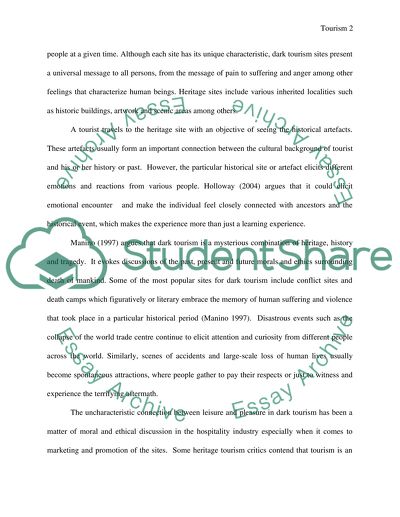Cite this document
(“Heritage Tourism in Cities Essay Example | Topics and Well Written Essays - 2000 words”, n.d.)
Retrieved from https://studentshare.org/tourism/1446392-heritage-tourism-in-cities
Retrieved from https://studentshare.org/tourism/1446392-heritage-tourism-in-cities
(Heritage Tourism in Cities Essay Example | Topics and Well Written Essays - 2000 Words)
https://studentshare.org/tourism/1446392-heritage-tourism-in-cities.
https://studentshare.org/tourism/1446392-heritage-tourism-in-cities.
“Heritage Tourism in Cities Essay Example | Topics and Well Written Essays - 2000 Words”, n.d. https://studentshare.org/tourism/1446392-heritage-tourism-in-cities.


